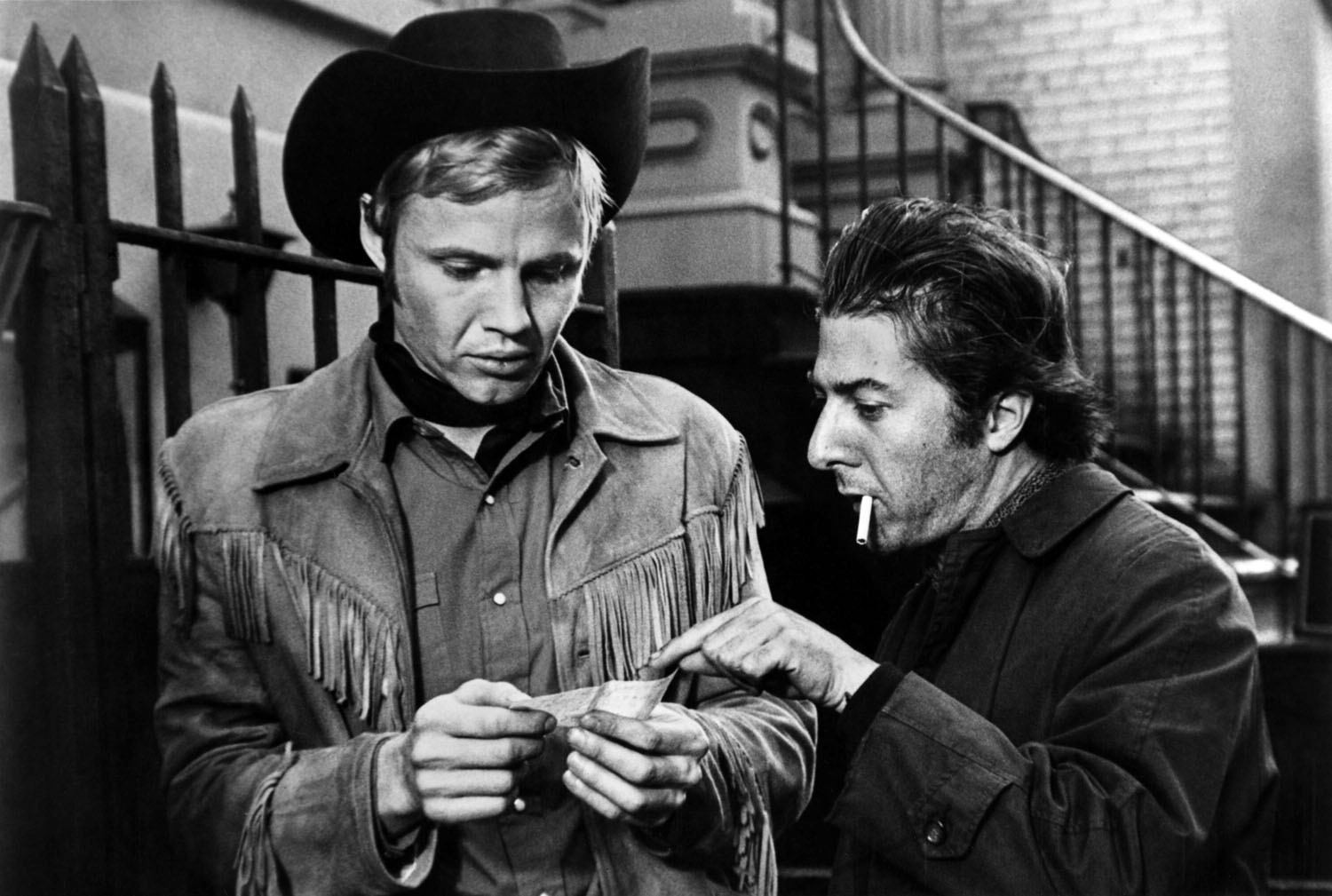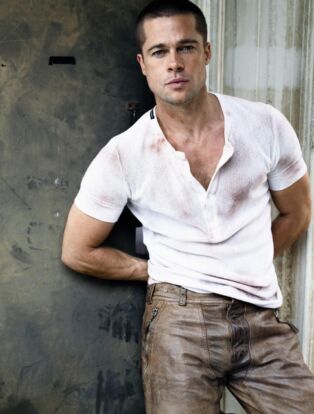1969’s Provocative Movies
The Damned, Last Summer, Midnight Cowboy +more!

1969 was a big year for important events, Woodstock, the Stonewall Riots, and the Moon Landing all happened in ‘69. It was also a year that saw the release of some very provocative films. Films that encapsulated the ensuing free love ethos of the late 60s and early 70s, highlighted the horrors of the world around them, and ushered in a new wave of sexier, more salacious, and more political films.
Bob & Carol & Ted & Alice
Decades before Swingers came out the public was treated to Bob & Carol & Ted & Alice. The film follows two married couples, the free-wheeling Bob and Carol Sanders (Robert Culp and Natalie Wood) and the more reserved Ted and Alice Henderson (Elliott Gould and Dyan Cannon). When Bob and Carol discuss their infidelities and open marriage with Ted and Alice, one thing leads to another and all four wind up in bed together. This sexual liberation comedy, written by Paul Mazurksy and Larry Tucker and directed by Mazursky, was the fifth highest-grossing film of 1969 and shuffled in a slew of films dealing with sexual promiscuity within relationships in American society.
Butch Cassidy And The Sundance Kid
This famous western, written by William Goldman (who won the Best Original Screenplay Oscar for the film) and directed by George Roy Hill, stars Paul Newman as Butch Cassidy and Robert Redford as the Sundance Kid, two bandits on the run from the law who escape to South America. The film was based on two real-life bandits of the same names. The film did not receive rave reviews when it first opened, but the chemistry between Newman and Redford was lauded. In a quote cited in Vito Russo’s book The Celluloid Closet, Paul Newman’s wife, Joanne Woodward, once quipped that she and Robert Redford’s wife, Lola, always joked that Butch and Sundance really wanted to be together and one day Paul and Robert might just run away together leaving her and Lola alone. The couples from the previous film on this list could share a thing or two about spouse-swapping.
The Damned
Luchino Visconti’s The Damned is the first film in a slew of Italian cinema that takes a look at Nazism through the lens of sexual deviance, it also marks a turn in Visconti’s treatment of homosexuality in his own films. The film follows a family of wealthy industrialists, the Essenbecks, as they start conducting business with Nazi Germany. Dripping in decadence, the film luridly depicts the family’s downfall starting with the murder of its patriarch to its surrender to a lowly employee. It is a must-watch for its opulent cinematography as well as its interesting psycho-sexual politics. If anyone wants to have a conversation about Italian cinema’s connection of sexual deviance with Nazism, I could chat about that for hours.
Easy Rider
Easy Rider is an early installment in the road movie genre. The film, written by Dennis Hopper, Peter Fonda, and Terry Southern and directed by Hopper, follows bikers Wyatt (Fonda) and Billy (Hopper) on their road trip from Los Angeles to New Orleans for Mardi Gras. Along the way they meet a cast of characters including members of a hippie commune and a civil rights lawyer. According to Hopper and Fonda the film was made for the actual youth, as a sort of rebellion against the Doris Day movies of the day, to actually show American counterculture. Scenes that depicted marijuana and other drug use were actually filmed with the actors using real drugs. The film deals heavily with the landscape of the 1960s United States, a landscape that is in many ways similar to the current one.
Fellini Satyricon
When you think of a Satyr you may think of Danny DeVito’s animated goat-man, Phil, in Disney’s Hercules, but, like many things Disney, Phil is a sanitized version of a Satyr. In traditional Greek mythology, and later, Roman, a Satyr is a horny goat-man with a perpetually erect penis. They were often featured in plays known as Satyr Plays, which were satirical plays that highlighted the comedic repercussions of excess. Fellini Satyricon, written and directed by Federico Fellini, is a satire told through a disjointed set of sexually licentious tales that follow two pansexual men vying for the affections of a young man. A cinematic Satyr Play if you will.
Last Summer
This film about adolescent sexuality was originally given an X-rating for a particularly graphic scene towards the end of the film, that scene has since been cut down for an R-rating. Last Summer, written by Eleanor Perry, based on Evan Hunter’s book of the same name, and directed by Frank Perry, tells the story of three teens, Peter (Richard Thomas), Dan (Bruce Davison), and Sandy (Barbara Hershey), who meet while summering on Fire Island and become inseparable. When Rhoda (Catherine Burns), an uncool girl, arrives and tries to join their group, Sandy becomes threatened by her presence and enlists the two boys to take her revenge.
Medium Cool
Medium Cool is most notable for its use of cinema-verite style filmmaking as well as its combination of fiction and non-fiction. The film, written and directed by Haskell Wexler, follows a TV news cameraman named John Catselas (Robert Forster). Instead of helping victims of car crashes, he calmly films the wrecks and then moves on, seemingly unbothered by the ethical quandary of not helping a person in need. The film makes the viewer think about what the responsibility of those telling the news is, whether it is their duty to report or to get involved. It also serves as a commentary on the social upheaval that was going on in the United States in the late 60s. If you loved 2014’s Nightcrawler, this movie is for you.
Midnight Cowboy
This X-rated movie was the first X-rated film to be shown in the White House when it was played for President Jimmy Carter in the White House movie theater. Written by Waldo Salt and directed by John Schlesinger the film stars Jon Voigt as Joe Buck, a young man who moves to New York City from Texas and tries to get work as a hustler. In New York he befriends, and moves in with, a con-man named Ratso (Dustin Hoffman). One of the earliest films to openly depict a protagonist who is gay and actually has a sex scene between him and another man. Reportedly, Schlesinger himself came out of the closet while the film was in production.
They Shoot Horses, Don’t They?
This Great Depression-era film follows a group of people, desperate for money, competing in an increasingly inhumane dance competition while an amoral emcee urges them on. The film, written by James Poe and Robert E. Thompson and directed by Sydney Pollack, highlights the utter bleakness of trying to survive in the Great Depression by showcasing the horrors of a dance marathon where couples dance until their feet bleed and the last couple standing wins a cash prize, yes these dance marathons really did exist during the Great Depression. It could be argued that although set in the Great Depression the film is actually a mirror into what was actually going on in 1969 America. According to one of the stars, Michael Sarrazin, the film was shown in Russia as anti-capitalist propaganda.
The Wild Bunch
Another western, this Sam Peckinpah classic was (and still is in some ways) controversial for its graphic violence and its depiction of a group of outlaws who will do anything to survive. According to Peckinpah, the violence in the film was allegorical for the violence going on daily in Vietnam. The film follows a group of aging outlaws led by Pike Bishop (William Holden) as they look for their one last score, around them, the old American West is dying and being replaced with a new way of life. Peckinpah wanted to use violence not only as allegory, but also to highlight how violent the American West really was. He wanted to horrify the audience with bloodshed and gore, however, he came to realize, however, that the audiences were entertained by the violence in the film, a fact which troubled him.



